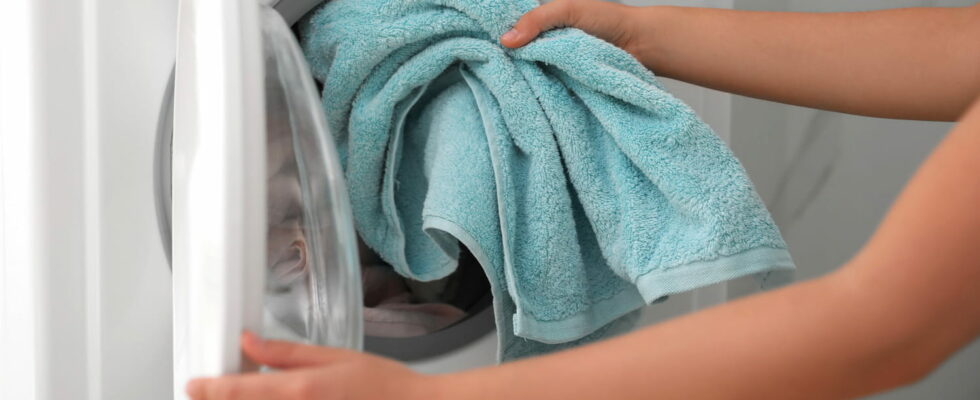Although it may seem practical in winter, the dryer is not suitable for all fabrics. It can damage clothes made from certain materials: it is better to avoid this accelerated drying or you risk having to throw them away!
Winter and its rainy days often make drying laundry difficult. And even if it consumes a lot of energy, the dryer can then seem to be an ideal solution to speed up the process, especially when you do not have access to outside, to dry clothes in the open air the best solution or more simply when you are in a hurry. However, this device is not absolutely recommended for everything because certain clothes, fabrics and accessories do not tolerate this forced drying at high temperature very well. And if you try the experiment, without taking precautions, you simply risk damaging them to the point of making them unusable.
Therefore, delicate fabrics such as wool, silk or lace cannot withstand high temperatures. Subjected to heat, they can deform, shrink or lose their softness. Wool, for example, risks felting and becoming stiff if dried improperly. Likewise, silk and delicate fabrics with embroidery or embellishments can lose their luster and finesse. So it’s best to hang them up to air dry, even if it takes a little longer.
Clothes made of synthetic or elastic materials, such as swimsuits and underwear, are not left out. These textiles can lose their elasticity or even deform under the effect of heat. To preserve the shape of your sports bras or leggings, it is best to dry them gently on a towel or flat surface. This helps maintain their elasticity while extending their lifespan.
Clothing filled with feathers or containing down, such as down jackets, duvets and pillows, also requires special attention. The heat from a dryer can damage the feathers and cause poor distribution of the filling. To avoid this, it is advisable to dry them naturally by shaking them regularly to evenly distribute the filling.
As for clothing decorated with sequins, rhinestones or other decorations, they are particularly sensitive to heat. High temperatures may cause these decorations to melt or peel off. If you want to preserve the original appearance of these festive clothes, also favor drying them in the open air, which will preserve their shine.
Finally, fabric shoes and bags, which are often tempting to put in the dryer for quick drying, should absolutely be spared. Heat can melt soles, deteriorate seams or deform bags. To extend their lifespan, drying at room temperature is the best option.
So, despite the practical advantages of the dryer, it remains important to pay attention to the labels of your clothes and to favor, in certain cases, drying in the open air to avoid costly disappointments.
